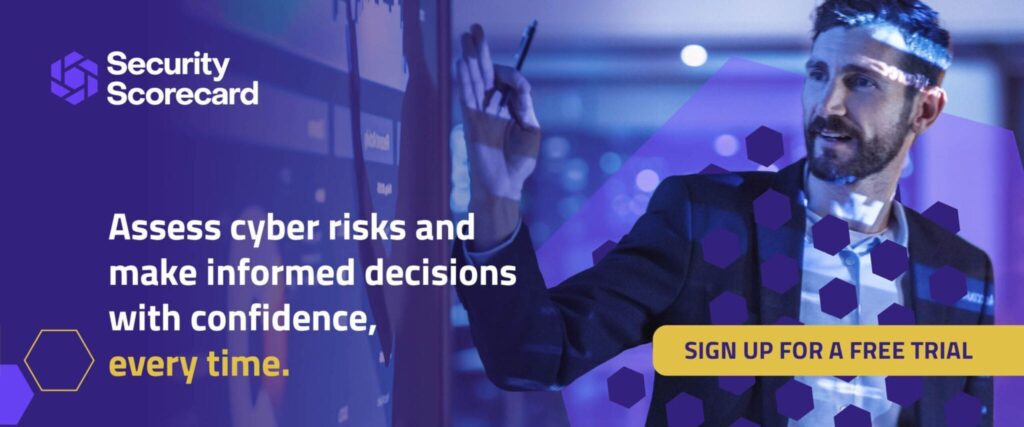5 Ways to Effectively Prevent Data Leakage
Nowadays, it’s common to hear about yet another high-profile security breach in which critical data is leaked, resulting in damage to the organization’s reputation and bottom line. Unfortunately, it’s impossible to remove all risks in your organization but there are ways to best protect against them and improve your security posture. In this blog, we will explore data leakage, how it differs from a data breach, and how your organization can best protect itself from leakage in the future.
What is data leakage?
Data leakage (or data leak) is when sensitive data is overlooked and exposed by a cybercriminal either electronically or physically. Data leakage often occurs from the internal devices of an organization such as employee laptops, external hard drives, USB drives, or electronically via the web or employee emails. In the event of data leakage, cybercriminals locate the data leak and leverage information found to better assist themselves to perform a data breach.
Difference between a data leak and data breach
Data leaks and data breaches can often be confused when it comes to cybercriminal activity — but once you understand how they occur, it’s clear to see that the two are very different.
A data leak is when sensitive data is unknowingly and unintentionally exposed. A data breach is an event caused by a cyberattack. While compromised sensitive data are both the outcomes of a data breach and a data leak, the intent that caused them is different.
5 Ways to protect your organization from data leakage
Here are some essential steps your organization can take to best protect your sensitive data from being leaked.
1. Identify critical data and information
Knowing where your sensitive and critical data is located is the first step to securing your network. If you don’t know where important data lives, then how can you best protect it? Businesses need to know how much data they have, where it is, and a universal data coding system to ensure sensitive data is clearly marked and understood by everyone in the organization. Consider utilizing data loss prevention software to protect the sensitive information within your network and help you identify any disruptions or leaks in your data.
2. Evaluate access and activity
Once you’ve effectively identified the sensitive data, then you must monitor and evaluate the access and activity associated with the data. Having visibility to discover, track, and monitor the data across your business in real-time provides a clear picture of your network and helps to prevent data leakage. In addition, having the ability to identify any anomalous behavior — such as granting secure access, copying or deleting information, or suspicious downloads — will help prevent data breaches well before they happen.
3. Monitor the security posture of vendors
When you work with vendors, their risks and vulnerabilities become your own. Before working with a vendor, it’s important to conduct a third-party risk assessment to identify and understand the kinds of risks associated with their business. From there, it’s your responsibility to monitor the vendors’ security posture to check for new risks or vulnerabilities. Cyber threats are changing every day as new technologies challenge cybersecurity efforts, and maintaining continuous compliance can be difficult for many vendors that don’t update their networks regularly. Therefore, it’s the responsibility of your organization to ensure compliance and a strong security posture while working with third-party vendors.
4. Protect all endpoints
An endpoint is any device that is connected to the last location, or ending point, of a data transfer. While this may sound self-explanatory, the increase of internet-connected devices has multiplied the number of endpoints making it much harder to protect all endpoints — especially with remote work spanning internationally. Every device connected to a network is now a security risk. So with that said, if a cybercriminal gains access to a device from poor endpoint security, they can easily migrate into the network.
Employee education is extremely important to prevent data leakage. Businesses must train their employees to understand the importance of endpoint security and how cybercriminals target employee negligence to break into secure networks (via phishing attacks, whaling attacks, etc.).
5. Utilize data encryption
Data encryption is when data is translated into another code or form, and only those with access to a decryption key or password can read it. Therefore, data encryption can prevent cybercriminals from easily reading sensitive data in the event of data leakage. It’s important to note that while data encryption is a useful tool in the event of a leakage, it shouldn’t be the only tool to prevent a full-blown breach. Organizations should use data encryption in tandem with the other best practices we’ve listed above.
Prevent data leakage with SecurityScorecard
SecurityScorecard’s Security Ratings can help prevent data leakage by providing businesses with a clear and comprehensive view into their security posture. This means you’ll have complete access to network and system vulnerabilities, gaps in security, and possible ways of exfiltration, all from the perspective of a cybercriminal. Our easy-to-read security ratings are scored on an A-F scale and give you a complete understanding of how your organization can best protect against data leakage and a data breach. Request your free instant scorecard today and start taking control of the security posture for your business.






